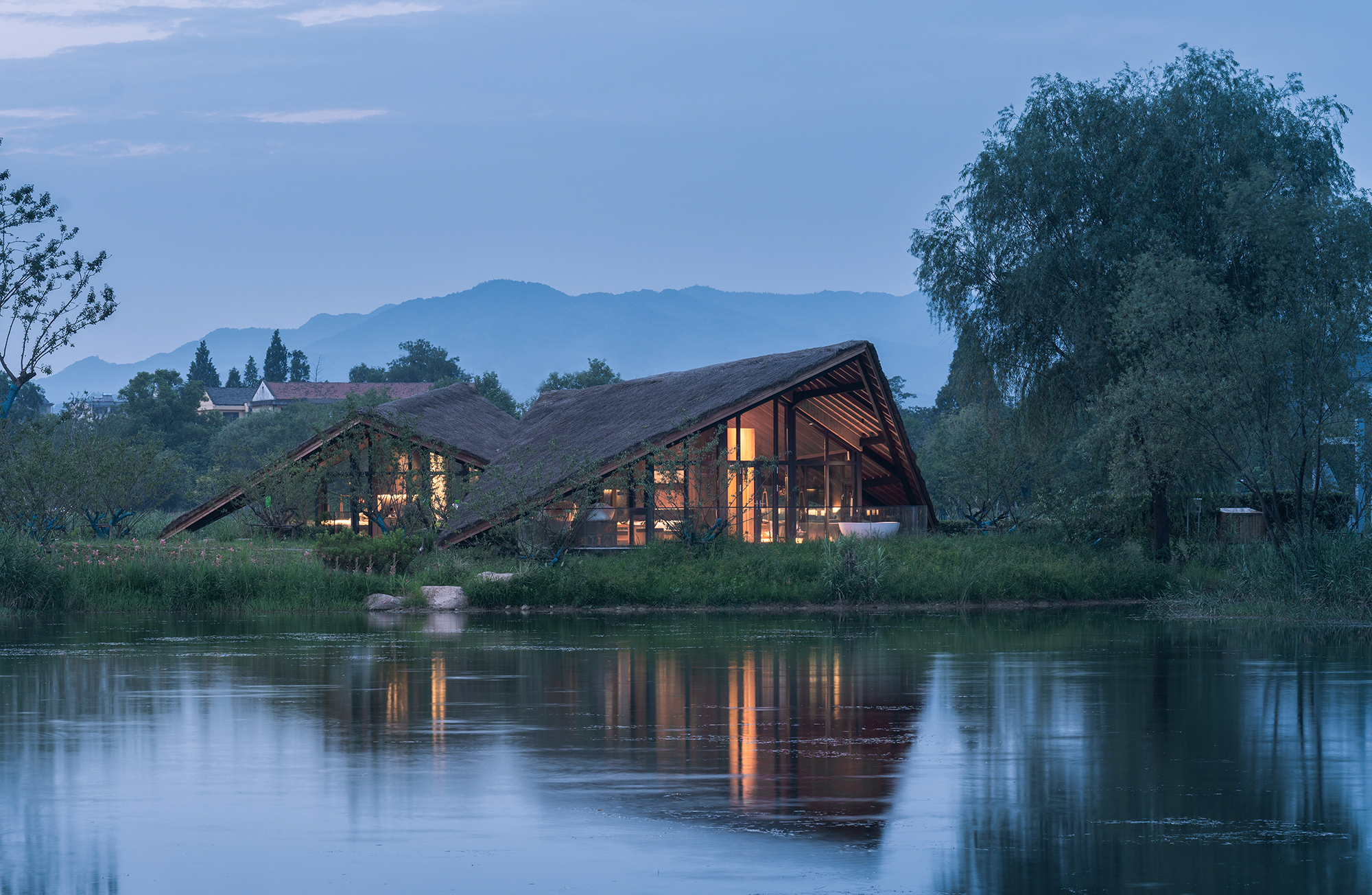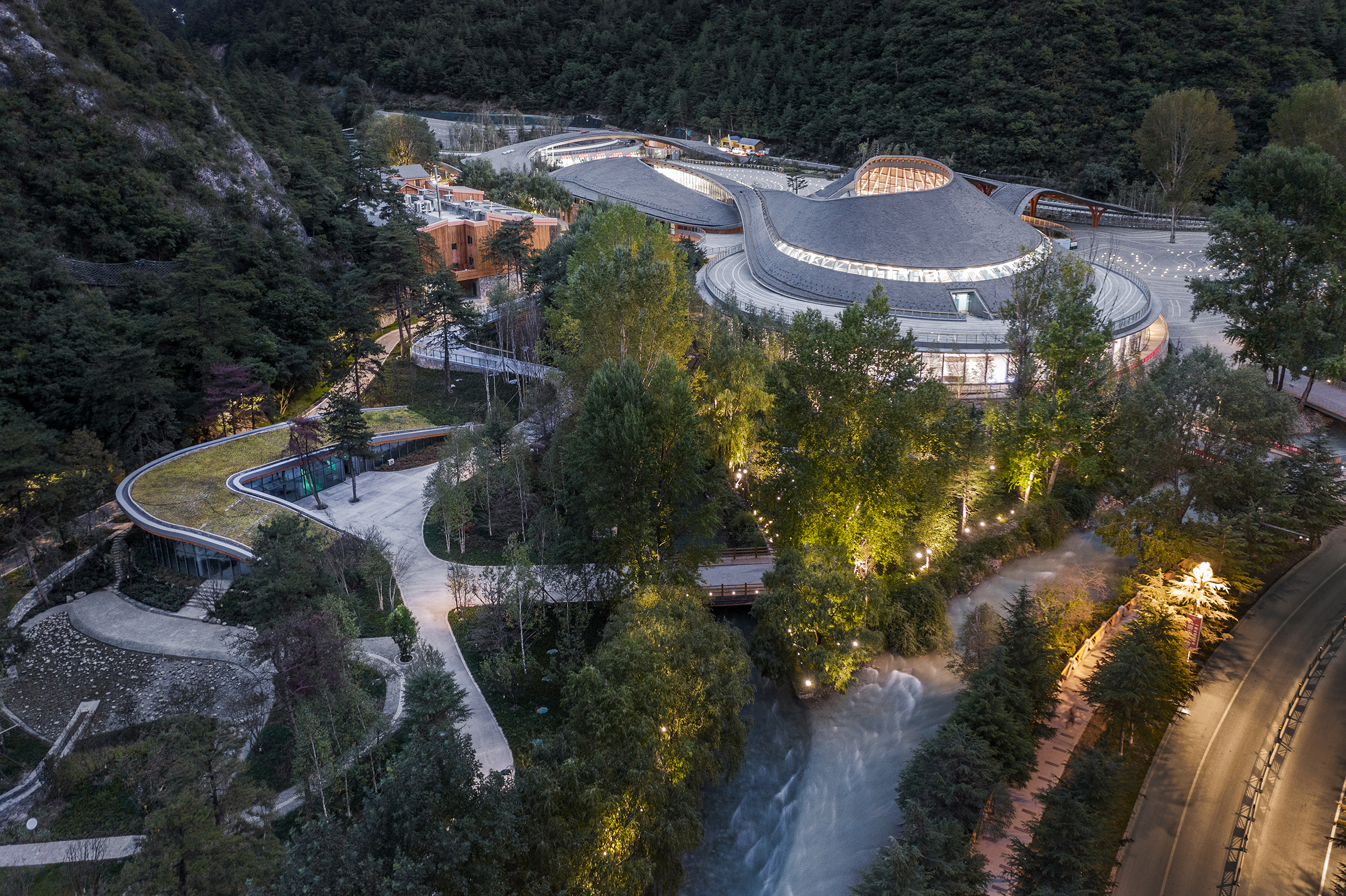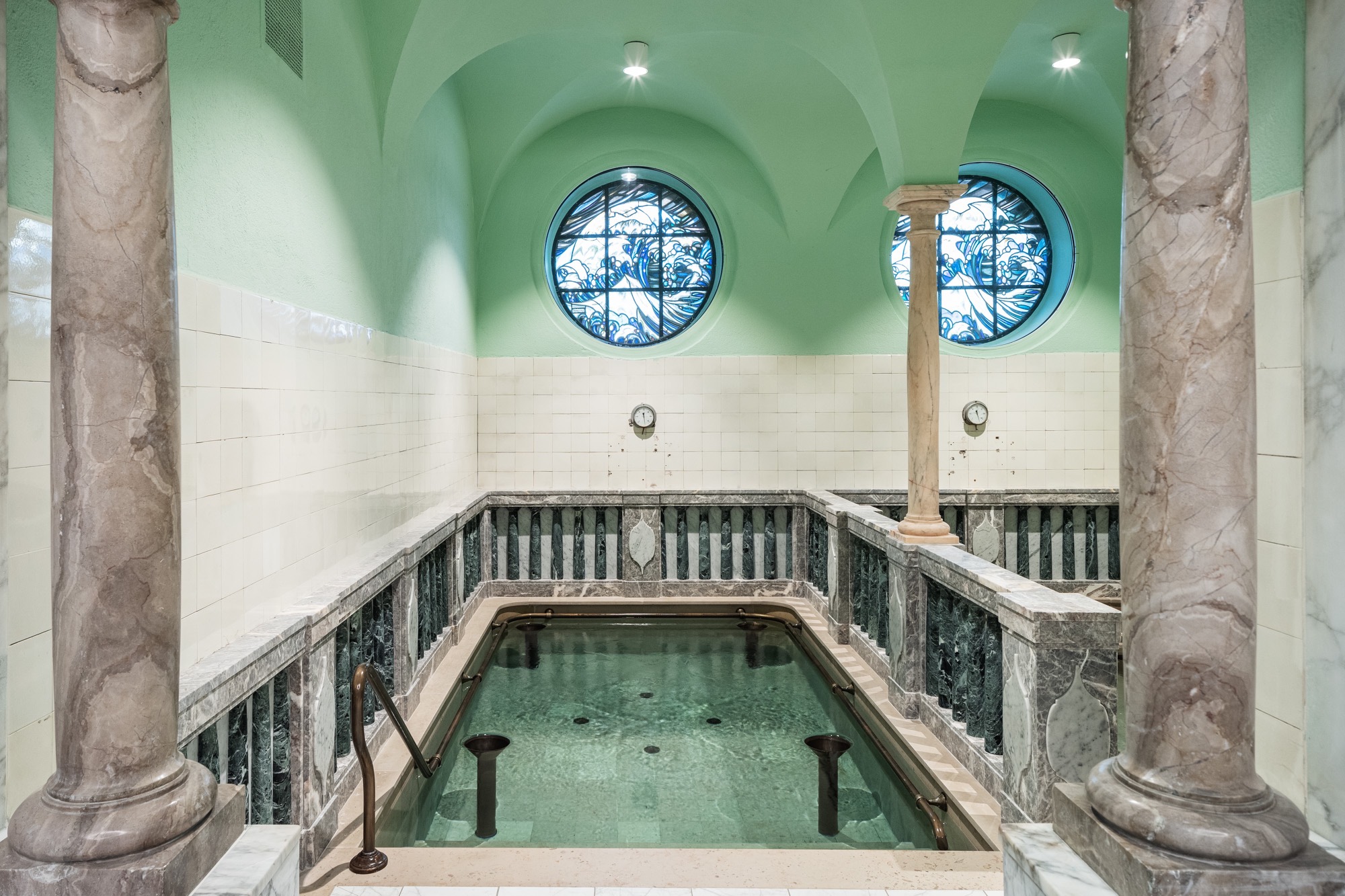The latest edition of “Architizer: The World’s Best Architecture” — a stunning, hardbound book celebrating the most inspiring contemporary architecture from around the globe — is now available. Order your copy today.
Every so often, a “new” word crops up that gives us pause. Glocalization is just that word. Taking root predominantly in the marketing and advertising industries, the term, although not actually new, is commonly used in discussions around tailored product campaigns that are launched over global markets. In such cases, while the product and the essence of the advertising are the same, they are adapted on a case-to-case basis to suit cultural practices or turns of phrases unique to individual regions. The aim is to provide better context or understanding, ultimately appealing to a broader audience.
The unusual portmanteau was coined in 1980 by sociologist Roland Robertson in the Harvard Business Review, who claims the idea originated in Japanese business practices. At that time, he wrote that Glocalization meant “the simultaneity — the co-presence — of both universalizing and particularizing tendencies.”

Yangbei Lake Wetland Ecological Hotel by Shulin Architectural Design, Fuyang, China | Photographs by Yilong Zhao| Jury Winner, 10th Annual +Awards, Hotels & Resorts
Unlike Globalization, which is criticized for its homogenization of cultures worldwide, Glocalization acknowledges local practices, customs and cultures and encourages their safeguarding. In recent times, we have seen increased demand, and likewise high praise, for architecture projects that celebrate and, crucially, preserve local heritage.
In past centuries, colonization played a significant role in the Globalization of architectural styles. In many countries, we can still witness the impact of British, French and Portuguese colonialism, particularly in counties such as India and the Caribbean.
In more recent times, approximately the last two decades, architecture has undergone dramatic changes driven by three major paradigms: Globalization (in the late 20th century sense of the word), environment (including the climate and it’s effects on population), and technology (i.e. the information revolution). Such changes have led to widespread disregard for the values of culture and heritage. Globally it has resulted in a westernization of almost all countries, and it is self-evident through the examination of architecture as we see homes, offices and government buildings each with identical aesthetics on every continent. For many years it has been standard and often favored practice to replicate western style forms and concepts for buildings. What is shown on television shows and online is deemed “the best;” yet these shows are often made in America or Britain so follow the design styles of these countries.

Vida Dubai Marina & Yacht Club by Killa Design, Dubai, United Arab Emirates
This type of culture-washing in architecture is constant and heavily present throughout Islamic countries that have been developed rapidly by westerners, such as Dubai or Israel. Many buildings in these nations no longer include features that traditionally held symbolic significance in the region’s architecture; the arches, domes and ornamentation traditionally culturally meaningful in the Muslim faith are overlooked for immense, glazed modern structures with little to no historical or cultural representation.

Jiuzhaigou Visitor Service Facilities by Architectural Design & Research Institute of Tsinghua University Co., Sichuan, China | Popular Choice, 10th Annual A+Awards, Architecture +Environment
When we standardize the way we design and build, there are significant disadvantages — many of which are not simply aesthetically. Our ancestors constructed their homes in particular ways to suit the land they inhabited. Their wisdom and building methods protected them from the climate of their location, including natural disasters that occurred there. They also made the best use of the available resources, taking and returning materials from the land in a cyclical process, a practice many are only now beginning to replicate and reap the benefits of.
As architecture, landscapes and cities become threatened by the climate crisis and unrest, cultural context and understanding the decisions of our predecessors who thrived on the lands in which we now live becomes paramount.

Strasbourg Muncipal Baths, by Chatillon Architectes, Strasbourg, France Photograph by Cyrille Weiner
Secondly, it has been widely recorded that we are losing historical skills across cultures. While colonization and imperialism historically erased many ancient languages, histories and cultures, such losses continue to occur today. In architecture, this takes shape in the loss of heritage skills and crafts. The modernist movement and mass production within a global industry has resulted in fewer apprentices being trained, and unfortunately, the traditional building techniques used for centuries are being lost altogether.

Windmill House by o4 architekci, Lublin, Poland Photograph by Rafał Chojnacki Fotografia Architektury
Around the world, the beauty and cultural wisdom of age-old craftsmanship are on the verge of extinction. Highly-skilled craftspeople have become endangered as more young people have chosen other career options. This, and the proliferation of mechanized, globalized production, has brought many traditional, craft-based businesses to their knees. For architecture, this results in inflated costs for traditional materials, tiles, timber and masonry that are rooted in historical culture leading to them becoming luxury commodities only available to the few and the fortunate.

Timber Bridge in Gulou Waterfront by LUO studio, Jiangmen, China Photograph by Jin Weiqi | Jury Winner, 10th Annual A+Awards, Architecture +Wood
In terms of human history. architectural styles, techniques and expression has always continued evolving and will continue to do so — even within our lifetime. However, as we continue to learn and understand our history, it is vital to remember that swathes of our collective past has been lost forever over time, and we should endeavor to do all we can to prevent any more loss of knowledge or tradition.
Thankfully, while the digital age originated as one of the causes of architectural Globalization, it has ultimately birthed Glocalization and the recent reversal of such attitudes as we begin to recognize the damage that such practices have had on cultural identity and heritage. Designers and clients alike are demanding better, insisting their buildings have character, are sensitive to their surroundings and reflect their cultural heritage. We are fortunate that many architects are adapting their practices ensuring that each project undertaken is culturally sensitive to preserve our history and protect our planet.
The latest edition of “Architizer: The World’s Best Architecture” — a stunning, hardbound book celebrating the most inspiring contemporary architecture from around the globe — is now available. Order your copy today.









